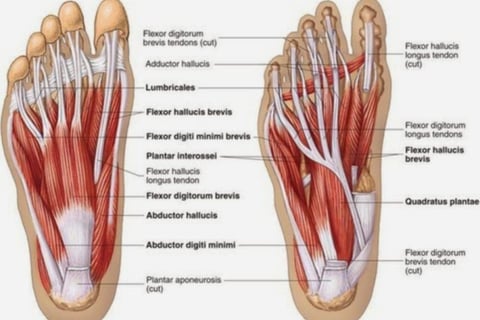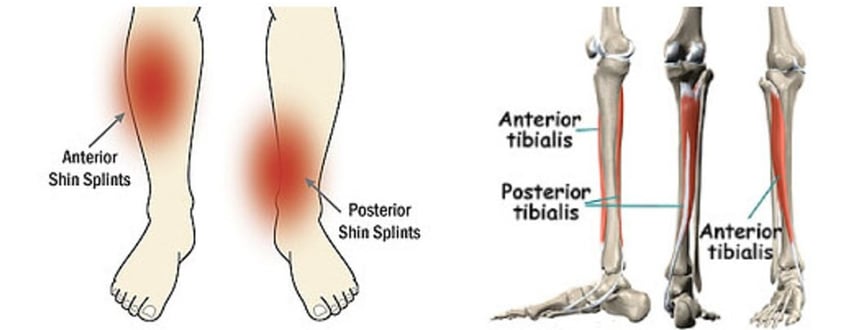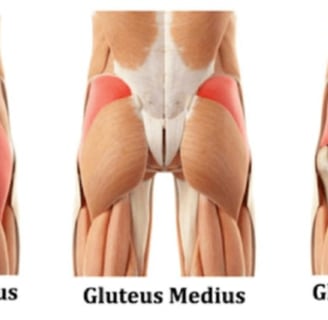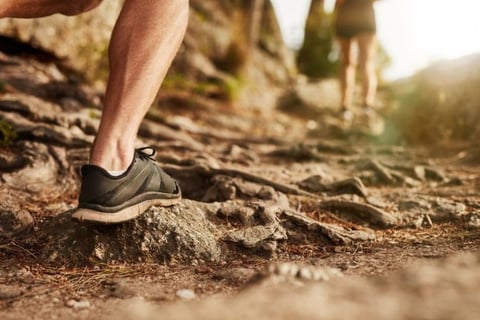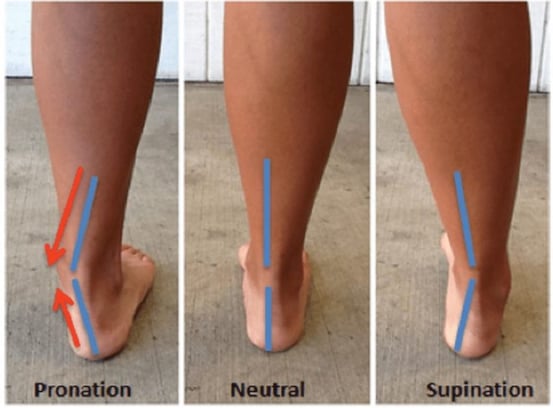Pain With Running
What are the causes and what you can do about it?
With gyms closed during the COVID-19 pandemic, have you been running more? With a sudden increase in running frequency and/or distance, people are starting to experience pain in their shins, feet, and around their ankles. There are several reasons for this.
COMMON CAUSE – Muscle Weakness
THE FOOT
The foot is comprised of over 100 muscles, tendons, and ligaments with some originating in the foot itself and others further up in the lower leg that crosses the foot, all working together to provide support, balance, stability, and mobility. Feet are often overlooked when it comes to strengthening and it really shouldn’t be. We spend a lot of time on our feet and they get abused constantly. When running, with each foot landing we are supporting two to three times our body weight. The muscles in our feet require strengthening to help stabilize the feet, prevent overpronation or oversupination, improve our tolerance to the demands of running, and enhance performance.
THE SHIN
When talking about shin splints we are generally referring to two muscles depending on when your pain is located. Shin splints is described as a pain along the shin bone (tibia) either on the inside or outside of the shin. This is a common complaint with people that run or participate in running sports/activities. Shin splints can be caused by a weakness of the tibialis anterior and/or tibialis posterior muscles as well as an overuse of these muscles when associated with poor feet and leg running mechanics.
Anterior Shin Splints
Pain on the front / outside of the shin bone
Muscle involved: tibialis anterior
Function of tibialis anterior: lifts and slowly lowers your foot
Posterior Shin Splints
Pain on the inside of the shin bone
Muscle involved: tibialis posterior
Function of tibialis posterior: lifts and controls the arch of the foot
Weakness of the tibialis posterior: arch collapses (overpronation); decreased endurance
THE CALF
The calf is comprised of the gastrocnemius and soleus and they are essentially the gas and brake pedal when running. The calves help you conquer a hill going up and also keeps you from face planting downhill. Proper running form also depends on having strong calves. Weakness of the calves can lead to shin splints, calf strains, Achilles tendonitis, hamstring strain, and plantar fasciitis.
THE GLUTEALS
These are your butt muscles and they include the gluteus maximus, medius, and minimus. Collectively, they function to propel the body forward when walking or running, stabilize the pelvis and trunk, and keep our posterior kinetic chain under appropriate tension to produce efficient movements.
Gluteus maximus: is the bulk of your butt muscle and is the biggest and strongest muscle in the body that propels your body forward.
Gluteus medius: is located in the lateral hip and is responsible for bringing your leg out to the side (abduction) and rotating your hip outward (external rotation). Weakness of this muscle can compromise your kinetic chain, for example, causing your knees to cave in which in turn can lead to overpronation at the foot. Overpronation while running stresses the medial foot, medial ankle, and the tibialis posterior (leading to posterior shin splints).
OTHER CAUSES OF PAIN
HARD OR UNEVEN SURFACES
Running on hard surfaces such as concrete sidewalks places increased stress on the musculoskeletal system and running on uneven trails or pavement forces your body to make constant adjustments. These strains can then lead to shin splints.
OVERPRONATION
In overpronation, the foot and ankle roll inward with each step. This isn’t inherently a bad thing, but with the repeated stress from running with an overpronated foot/feet stresses the medial structures of the lower leg. Repeated stress can lead to microtrauma and inflammation of the periosteum and tibialis posterior muscles and thus causing shin splints.
INAPPROPRIATE SHOES
Appropriate shoes for your body is important to fixing and preventing pain with running. As in any sport, specialized shoes are necessary for an athlete to perform and in running it is no different. Having a proper pair of shoes that is the right fit and has the correct arch type for your foot type can help prevent irritation on your feet, ankles, and/or shins.
RUNNING FORM
Some people find that they’re shin splints go away when they address their poor running form. One form that commonly causes shin splints is overstriding. Overstriding is when you extend your leading foot too far forward likely causing you to land on your heel when running, which can lead to anterior shin splints or feet pain.
This is a treatable condition, but left untreated with continued running can progress to tibial (shin bone) stress fractures or muscle compartment syndrome (a very serious lower leg condition that often requires surgery).
PHYSICAL THERAPY
Diagnosis of your lower extremity pain with running can be accurately diagnosed by a physical therapist. Based on the evaluation, a treatment plan may include:
Modalities for pain reduction
Strengthening program for weak muscles
Exercises to improve muscular endurance, mobility, and flexibility
Hands-on bodywork
Gait and footwear analysis and adjustment
Activity modification
Programming to return to running or sport
Look for a physical therapist in your area that specializes in running.
If you are in the San Diego area, schedule with us!
If you’re out of the area, book a virtual visit (telehealth).
Not sure if you need physical therapy, book a FREE 15-minute video/phone chat to find out!
